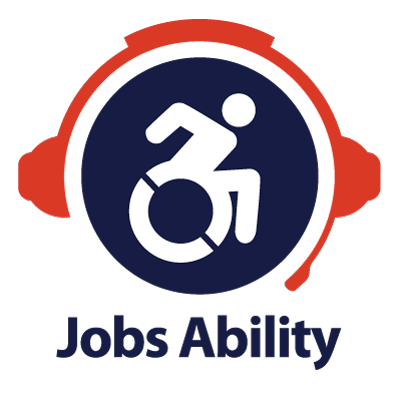National Grid Job Opportunity
September 21, 2017
CORNELL FORUM: Technology Changes Everything: Innovating to Include People of All Abilities in a More Diverse Workforce October 26-27, 2017, NYC
October 24, 2017Spina Bifida Association of Northeastern New York (SBANENY) is a small growing community-based
organization whose primary mission is to enhance the lives of people living with Spina Bifida. We
provide support services to individuals with Spina Bifida as well as their families and the professionals
who serve them.
Executive Director
Spina Bifida Association of Northeastern New York (SBANENY)
30 hours/week on average, includes some evenings and weekends
POSITION SUMMARY (Complete job description and application available at www.sbaneny.org)
The Executive Director of the Spina Bifida Association of Northeastern New York (SBANENY) is responsible for the overall operational management of the SBANENY, including strategic plan implementation, advancing the mission, programs and services, fundraising/development, finances (in conjunction with the Board Treasurer), human resources, and communications. The Executive Director reports to the Board of Directors.
Qualifications:
- Minimum of a Bachelor’s degree
- Minimum of 3 years of experience working with people with disabilities.
- Fundraising and development skills are essential – a solid experience in identifying, soliciting and administering contributions from individuals, corporations and foundations.
- Management skills and experience in budgeting, planning, supervising professional staff, and program development.
- Ability to interface and engage diverse board members, volunteer, and donor groups
- Strong public speaking, written, and oral communication skills
- Ability to convey a vision of SBANENY’s values to staff, board, volunteers and donors
- Advocacy skills to work with government agencies, collaborative partners, community and the public.
- Unwavering commitment to quality programs and services
Start Date: Position is available to be filled by the end of 2017
Salary Range: $22 to $25/hour
End Date: November 10, 2017
Date Posted: October 12, 2017
Applicants should submit a resume, application and three letters of reference with a cover letter to SBANENY, 123 Saratoga Road, Scotia, NY 12302 or applications@sbaneny.org. Qualified candidates will be contacted by phone.
